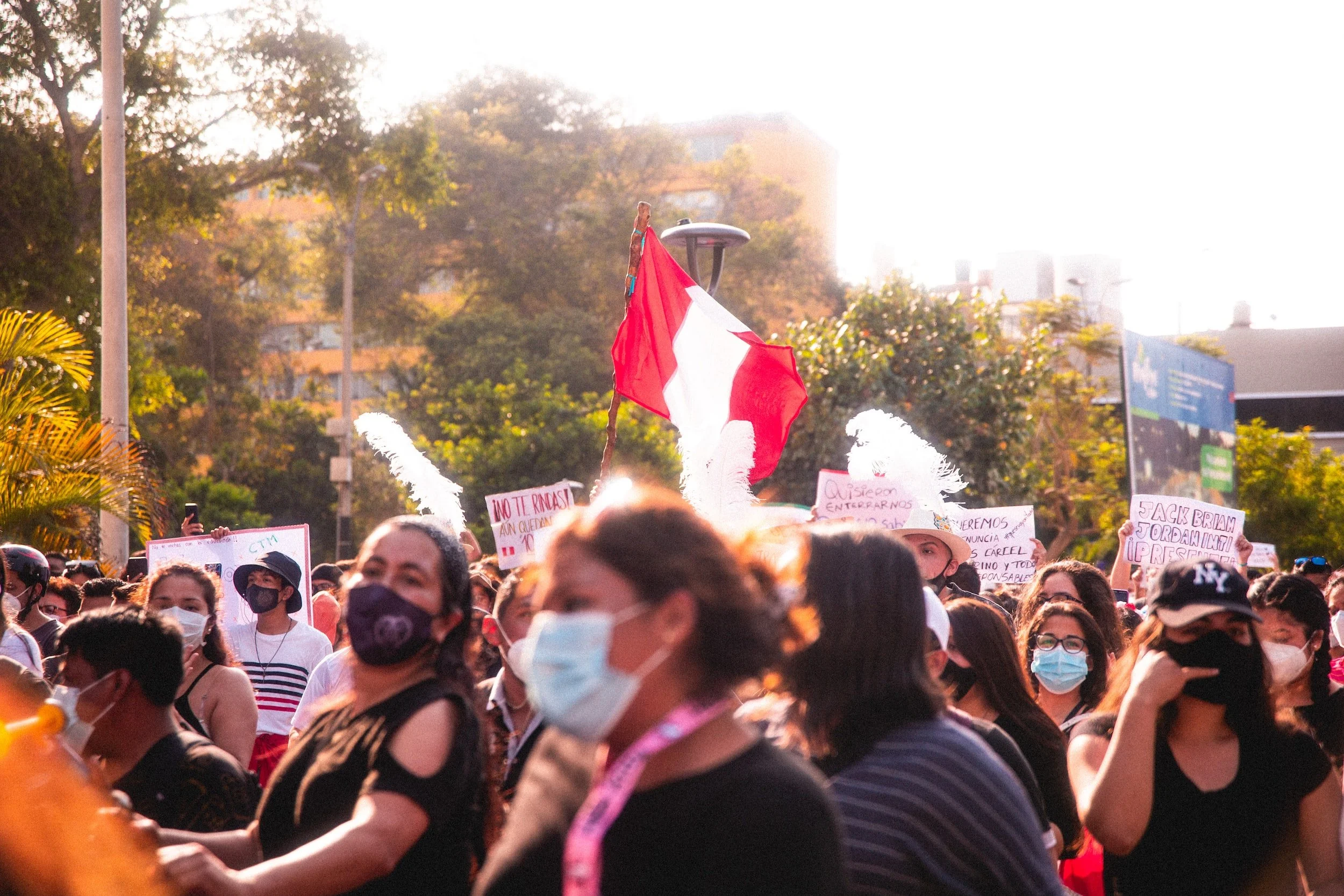Government Tensions in Latin America Met by Protest
Image courtesy of Unsplash
Since the pandemic, protests in Latin America have notably become more widespread. Unfair policies, fraudulent elections, and unchanging governments are some reasons behind the protests. As a response to government corruption and inequality, it will become increasingly important that scholars begin to study the frequency and severity of the protests in order to change Latin America’s biggest policy issues. The waves of mass protests in 2019 were just the start and since then, protests have spread quickly across most Latin American countries with the most recent Peruvian protests following President Castillo’s impeachment. Many of these protests have resulted in violence, leaving thousands harmed and hundreds dead. From continental America to the Caribbean, the demonstrations reflect the anger of the people towards their government.
Before the pandemic in 2019, mass protests in Latin America occurred across the continent as a response to government actions and inequalities, which were the last major protests before the pandemic affected the world. The reasons for these demonstrations ranged from fraudulent elections to economic inequality, and a wave of protests from country to country influenced protest culture across the Americas. Protests in Bolivia erupted once Evo Morales was announced as the winner of the 2019 Bolivian presidential election. Demonstrators claimed there was widespread electoral fraud which was later proven true by the Organization of American States, whose report revealed several irregularities during election day and “a clear manipulation” of the vote count. The civil unrest resulted in hundreds of people injured and more than thirty deaths. In Chile, the protests began with students protesting against the rise in prices of subway tickets, which later evolved into massive protests and riots called the Estallido Social, or social outburst. The increasing cost of living, low wages, and socioeconomic inequality moved masses onto the streets. In response, President Piñera of Chile declared a state of emergency, followed by promises of economic improvements and a revamped constitution. The demonstrations lasted until 2020 and were only stopped by the COVID-19 lockdowns, not the weakened government.
While political demonstrations from the people of Latin America were often halted completely due to strict COVID-19 lockdown restrictions and public health concerns, these restrictions were simultaneously the cause of protests elsewhere. COVID-19 worsened economic situations in countries such as Panama, whose lower-income population did not receive income support that their government promised them. Verisk Maplecroft analysts reported that for Latin America, “The fallout from the pandemic is going to worsen basic inequalities and act as a catalyst for further unrest.” Proving the analysts’ prediction true, 2021 saw various protests reignited across Latin America for the same issues that were fought against previously. In the case of Colombia, protests were a response to a proposed tax reform that increased taxes on many typical goods and services when much of the working population already struggled to make minimum wage. Riot police intervention made the situation worse even after the tax reform was canceled, resulting in the injuries of over 2,300 Colombians and over fifty-nine dead. Economic inequality was wrongly addressed in the eyes of the people.
In 2022, economic predicaments and corrupt governmental actions continued to be the main source of protests. This past summer, both Ecuador and Panama experienced demonstrations pushing for economic policy reforms. Ecuador’s protests were due to unbearable inflation and the declining public opinion of President Lasso, who underwent impeachment trials because of public pressure. For Panama, its recent protests built up from their poverty rate rising since 2017, sitting at a pre-pandemic rate of 21.5 percent. While normal Panamanians suffer, there have been increasing complaints about corruption within elite circles and the government. Peruvian protests regarding the impeachment of now-former President Castillo were the most globally well-known demonstrations in LAC by the end of 2022. Castillo attempted to remove the current congress and implement an emergency government. Given his unconstitutional actions, the Peruvian congress immediately removed him from office and charged Castillo with conspiracy and rebellion. Protests broke out across the country in opposition of the Peruvian government, which has been unstable for years following a line of corrupt presidents and lawmakers. The people demanded a re-election, yet Peru’s congress has been blocking one. The protests soon became violent, resulting in over five hundred injured individuals and fifty-eight dead.
The continuous waves of protests throughout Latin America in recent years are a clear indicator of governmental and economic instability. With countries unwilling to address the effects of COVID-19 and ongoing inequality, underrepresented populations suffer the most. There is a consistent pattern of socioeconomic inequalities across the region, fraudulent electoral processes, and abuses of power. Unless proper governmental or economic reform based on the needs of Latin America countries is implemented, then the population will continue to be harmed. The wavering democracy of the region needs to be stabilized for the future of social and economic stability across Latin America.





